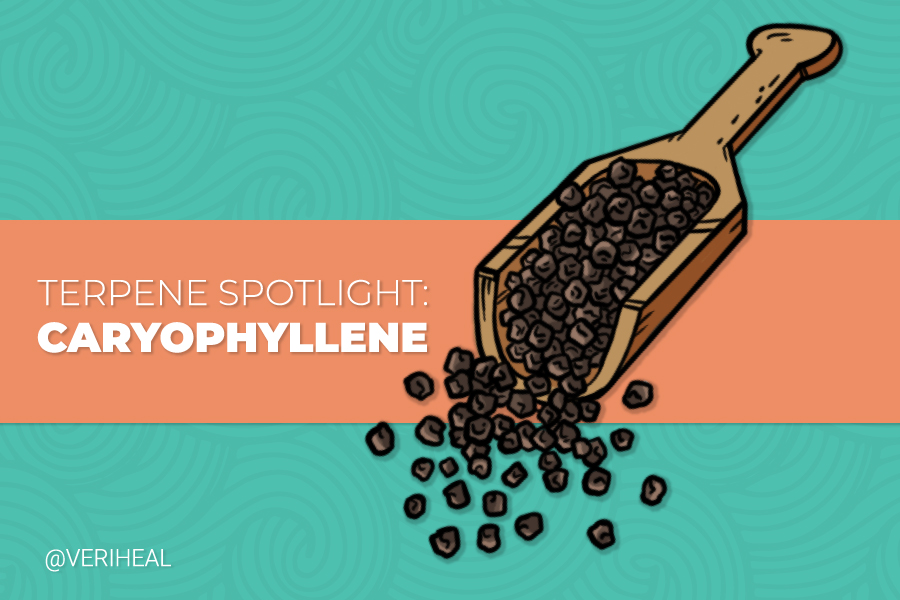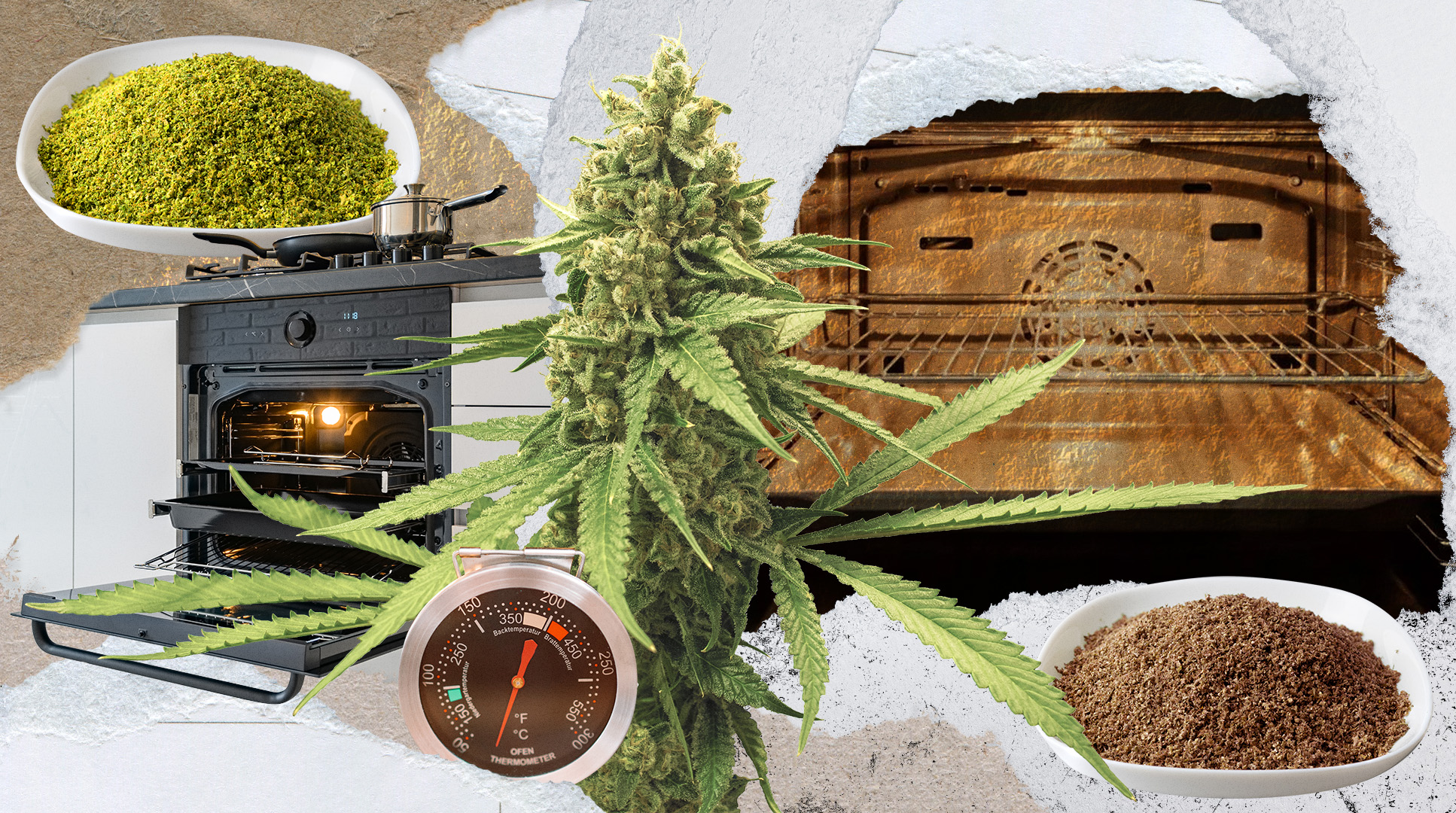Being an educated cannabis consumer is essential in understanding how your body responds to ingesting this biodiverse plant. Consumers are diving a little deeper into the science of cannabis to truly understand why their favorite strain is perfect for them, recognizing that cannabis is about more than just THC content. Cannabis contains many elements that provide beneficial responses within the body and mind. These effects come from more than just cannabinoid content.
Terpenes Explained
Terpenes are organic compounds produced by a variety of insects and plants. One of those plants happens to be cannabis. Science is now showing us that it is the combination of those terpenes actually has the ultimate say in the type of effect and intensity that one experiences when consuming cannabis. For many years the industry has run on THC content alone. Selecting cannabis strains based solely on the highest THC content is much like stomaching the worst drink at the bar just because it has the highest alcohol percentage. As consumers dabble with record-high levels of THC, many are finding that really isn’t what they prefer.
Now being referred to as the “essential oils of cannabis”, terpenes have been long unrecognized and underappreciated by general consumers. Terpenes are the molecules within cannabis responsible for those pungent aromas of many strains. With up to 200 terpenes possible in an individual strain (or cultivar) of cannabis, there is an almost unlimited number of subtly distinct scents that have been produced by breeders and cultivators over the centuries.
Why You Should Get Your Medical Marijuana Card
Veriheal has satisfied millions of patients nationwide by giving them access to these benefits
- Larger purchase limits
- Peace of mind
- Enhanced legal protection
- Access to higher potency strains
- Save up to 25% on cannabis purchases
- Skip the line at the dispensary
Caryophyllene Has a Wealth of Benefits
Terpenes provide a wide variety of aromatic properties ranging from floral and earthy notes to musky and citrusy ones. When it comes to the spicier side of the spectrum, caryophyllene holds the trophy for the most flair. Caryophyllene is found in numerous plants throughout nature, including hops, black pepper, rosemary, and of course, cannabis. Caryophyllene’s molecular structure also contains a cyclobutane ring, something rare in nature, and not found in any other known cannabis terpene.
So what is so special about this particular terpene? Well, it turns out that caryophyllene isn’t just any old terpene, it has also been found to play the role of a cannabinoid, too. So far caryophyllene is the only terpene to interact with the human endocannabinoid system (ECS) (via the CB2 receptors located mostly in the organs and tissues of the immune system). This means that it doesn’t cause any of the euphoric feelings of cannabis while providing many of the benefits associated with activating those receptors, like reducing inflammation.
Research Shows Promising Evidence
Researchers have conducted several studies that observed the response rate of the anti-inflammatory properties in rats with induced arthritis. When it comes to other potential caryophyllene benefits, there is evidence indicating that the terpene contains compounds that balance the glucose levels in rats with diabetes. Citing the need for further research, scientists have nonetheless hailed caryophyllene as possessing “significant anticancer activities, affecting growth and proliferation of numerous cancer cells,” according to a 2016 study. Other studies show that caryophyllene can help with Parkinson’s disease by activating the CB2 receptors that inhibit the loss of dopamine and protect the brain from oxidative stress.
Distinguished as a dietary cannabinoid, caryophyllene, also known by its more scientific name beta-caryophyllene, is frequently encountered in the culinary world and may be beneficial in treating arthritis, cancer, and other diseases. Simply providing terpene data on each cannabis strain could potentially be a huge selling factor for producers and retailers.
Author, Share & Comments
















